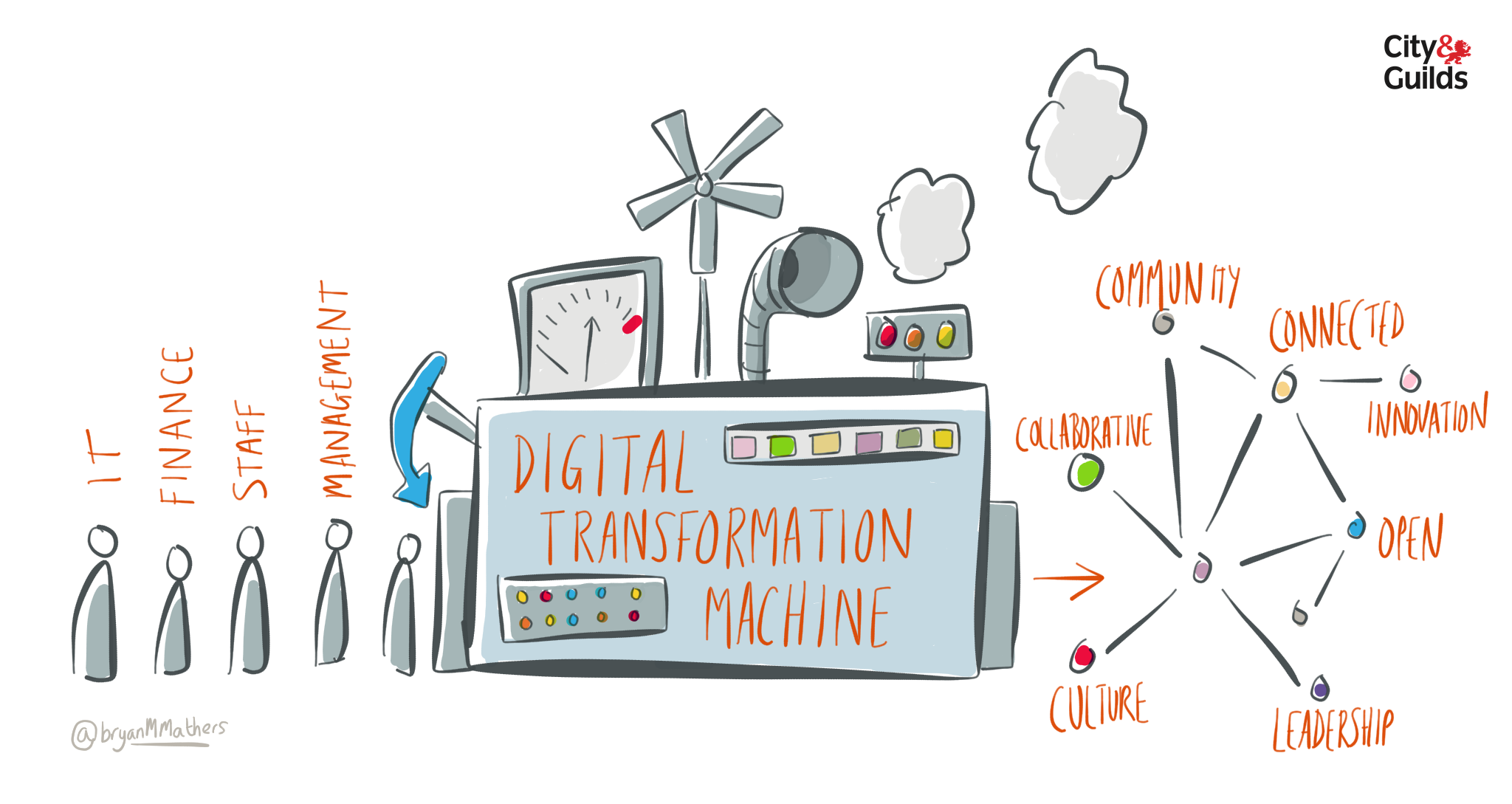Four Ways Understanding Developmental Perspective Improves Organizations
This series started with a discussion of different developmental perspectives. Now we turn to applying your understanding of this concept to transforming your organization or improving its effectiveness.
Developmental perspective not only helps you as an individual leader create your growth path, it is also important in transforming your organization. The key to high performance is to align people and roles, considering their developmental perspective. Different organizational functions are best filled by people at different developmental perspectives. We call this their “fit” for the role, or more precisely, how the qualities associated with their developmental perspective align with requirements specific to the job. Both leaders and organizations need to support the health of all employees from a developmental standpoint and create an environment where each individual is in a role where he best fits and can move toward achieving his fullest potential.
For you to be successful as a leader over the long run, it is essential to understand your proper “fit” within the organization—which includes understanding who you are and what you value, where you belong in the organization, and where you belong within the broader team and community stakeholders. It is also important to apply this concept to others as you make hiring decisions, assign people to roles, determine individual roles within a team, and communicate with others. Importantly, the goal is not merely to build an organization with all people at the “highest” developmental perspective, rather it is to select people for roles that allow them to function as effectively as possible individually and collectively. Your organization will be effective if it supports success for people at all levels and aligns them to roles that fit their capacity. Organizations that perceive one perspective as “better” will be less effective than organizations that leverage every perspective and design an organization where all levels can thrive concurrently and are working toward a collective goal of organizational success using a broad range of skills and perspectives.
You can use this developmental model with organizations in several ways:
- Make staffing and succession decisions using developmental perspectives. Considering developmental perspective along with past performance and technical and industry skills, align people to the roles that have the best “fit.”
- Improve communication skills by applying a general understanding of developmental perspective to guide leaders in improving interpersonal effectiveness. Instead of simply communicating with others as ourselves, we recommend communicating with them based on their perspective. Understanding the perceptions of others from a developmental standpoint can dramatically improve interpersonal effectiveness. This applies to staff, peers, bosses, clients, family members, and other stakeholders.
- Improving management and leadership by applying an understanding of developmental perspectives allows a leader to clarify the needs of employees. For example, Expert employees want clear and specific directions and guidelines so they can do their tasks “right.” Individualists want the freedom to determine the best approach to accomplishing tasks. Trying to manage these different developmental perspectives using the same approach will result in frustration and lost productivity.
- Comparing the organizational developmental level to your developmental level will help you better understand the organizational culture. Organizations develop along the same trajectory as people: they start with the need to establish basic rules and infrastructure and then move to more complex functioning as they progress through the organizational lifecycle. Understanding the culture will help you because, as an innovative leader, you are continually aligning your intentions and behaviors with the culture and systems of the organization. While we do not address organizational maturity in this book, if you are interested in learning more, you may reference Action Inquiry: The Secret of Timely and Transforming Leadership by William R. Torbert, included in the references section of this book.
It is helpful for you to understand your developmental perspective and the perspectives of those around you. You will not be testing everyone in the organization, but you will rather have a sense of the levels of key jobs or roles within the organization and use this understanding as input when designing your transformation initiative. Understanding how to apply this model effectively can greatly improve your communication effectiveness and interpersonal interactions with people who function at different perspectives.
photo credit: www.flickr.com Bryan M Mathers

